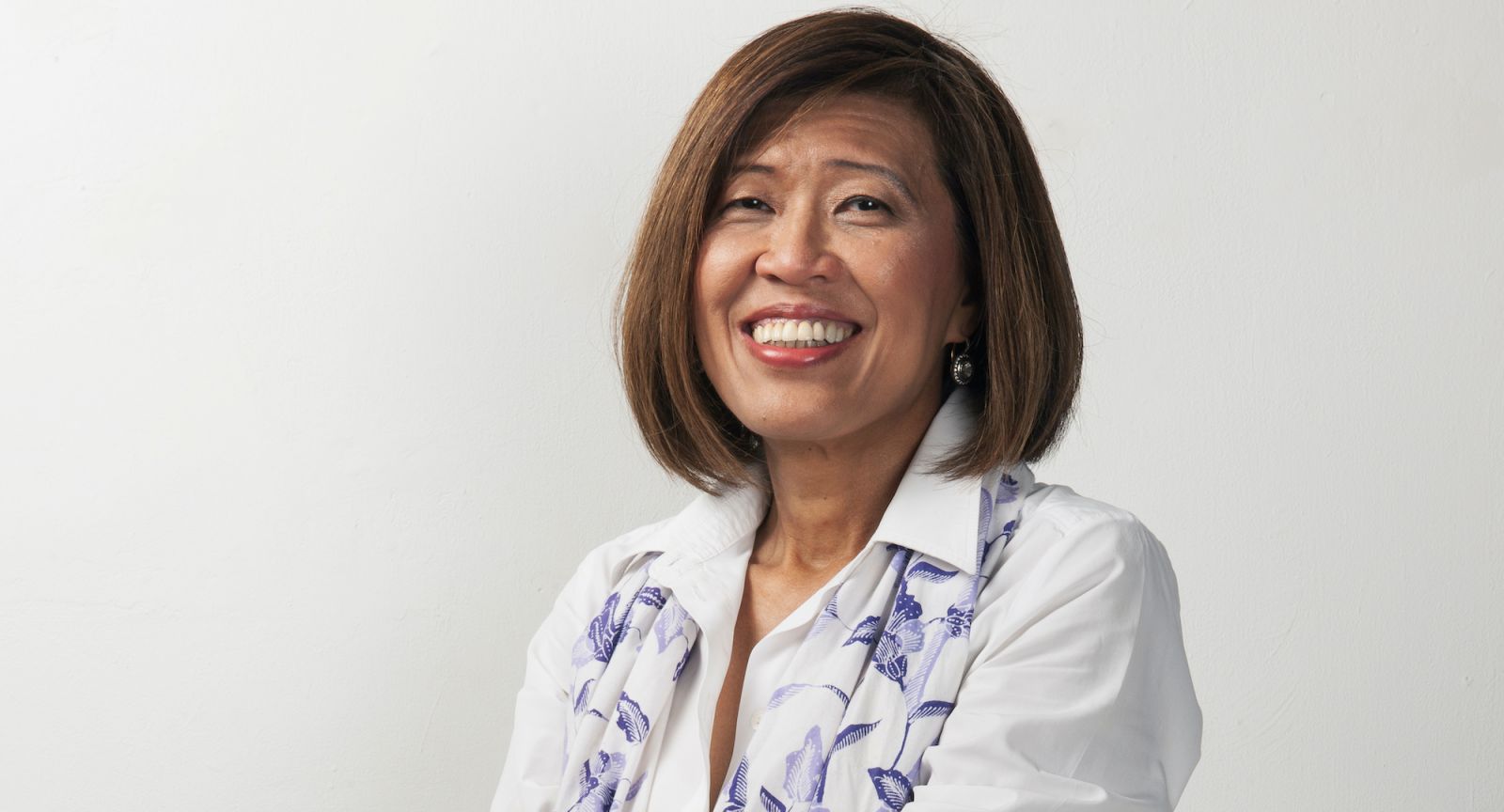Veritas Architects Group vice president Lillian Tay on not building “iconic” buildings and the importance of local and female representation in the industry
In 2023, Lillian Tay became the first woman to be awarded the PAM (Persatuan Arkitek Malaysia - Malaysian Institute of Architects) Gold Medal and only the 13th recipient of this coveted award.
This recognition did not come as any surprise to those who know of Tay and her work, as the highly accomplished architect has distinguished herself in her professional practice and in her efforts to develop a greater appreciation of design within the profession and amongst the Malaysian public. This has been achieved through Tay’s active involvement in professional development activities, education, exhibitions, and publications.
Read more: 5 Malaysian landmarks named after women

An alumnus of Princeton in the USA, Petaling-Jaya-born Tay’s architecture career has spanned Italy, Germany and New York at Kohn Pedersen Fox Associates before returning home to practise in Kuala Lumpur.
Since 1995, Tay has been at Veritas Architects and led the design team in many landmark and award-winning buildings in Malaysia, including the W Hotel, Star Residences, Putrajaya Western Transport Terminal and some of the earliest sustainable and green-rated buildings in Malaysia, including One Sentral Tower and Menara Binjai.
Tay also served as PAM’s vice president and editor of its official journal, Architecture Malaysia, from 2000 to 2001. A firm advocate for good urban design and planning in Kuala Lumpur, she was a long-time Council Member of the Heritage Trust of Malaysia (Badan Warisan Malaysia) from 2002-2015.
An outspoken advocate for better gender representation in the male-dominated building and architecture industry, Tatler Homes speaks to Tay on her extraordinary career trajectory.


























